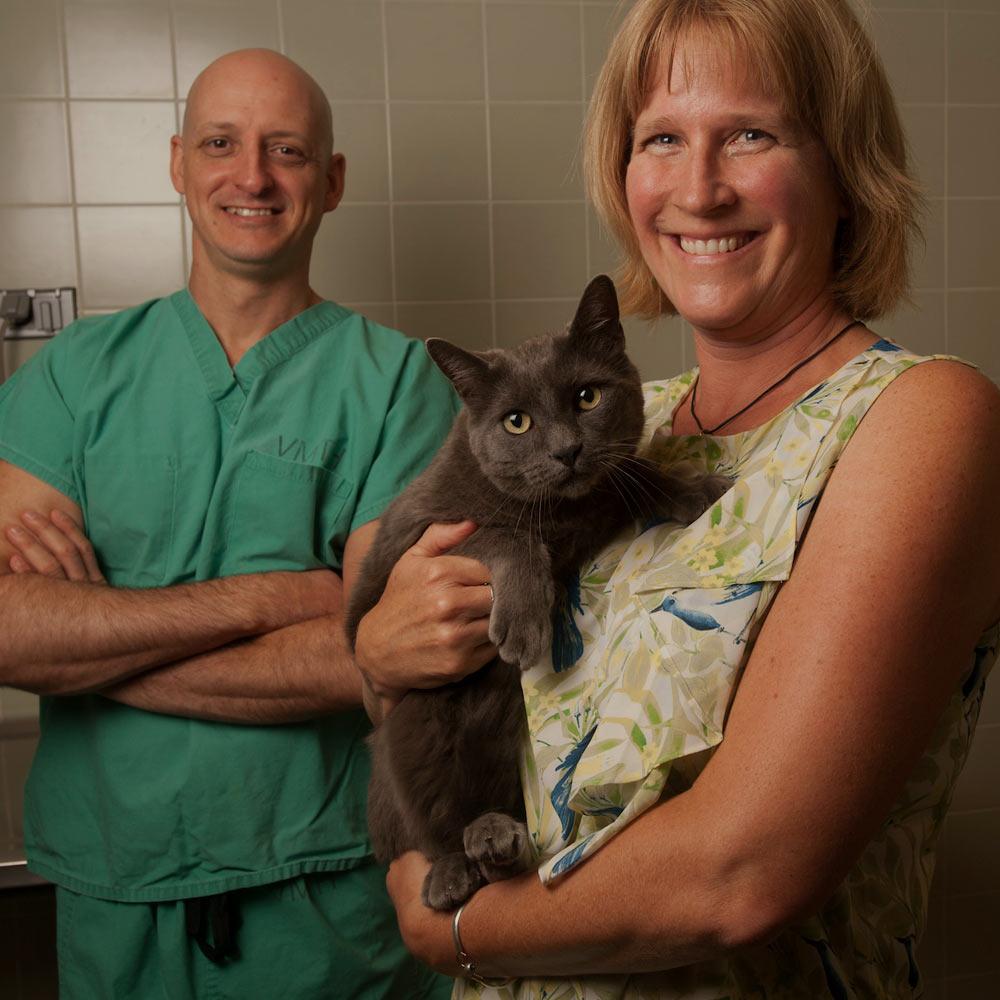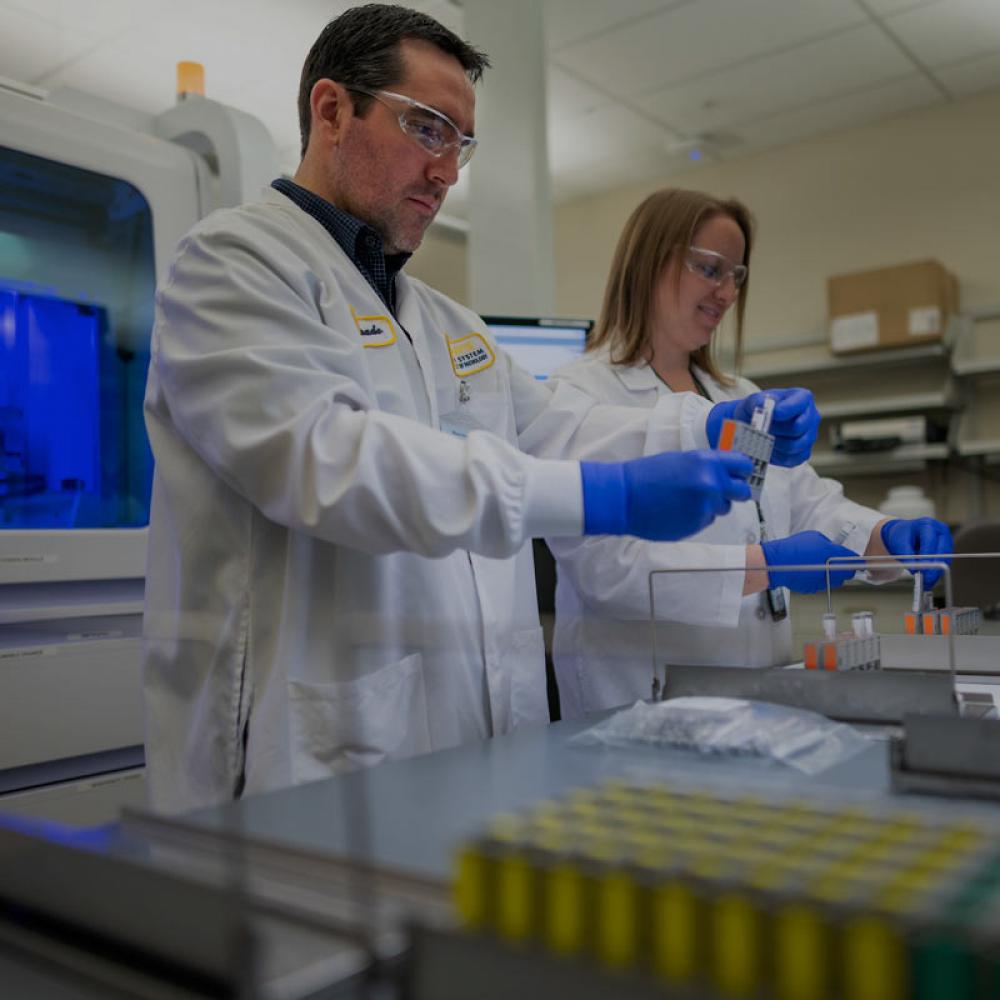
In the early 1980s, medical and veterinary school researchers at the California National Primate Research Center at UC Davis investigated an unusual outbreak of immune deficiency that was occurring in a group of rhesus monkeys housed at the center. About the same time, a new and deadly disease was appearing around the world that would become known as acquired immune deficiency syndrome or AIDS. In 1984, UC Davis researchers Murray Gardner, Preston Marx, Nicholas Lerche and colleagues demonstrated that the immune deficiency disorder in the rhesus monkeys resulted from an infectious agent, named simian retrovirus. This led to the identification of another retrovirus — simian immunodeficiency virus. And in the early 1990s, veterinary researchers at UC Davis identified a similar viral disease in cats, which would become known as feline immunodeficiency virus. Today, researchers at UC Davis use the SIV model to study treatments and vaccines for HIV/AIDS.


